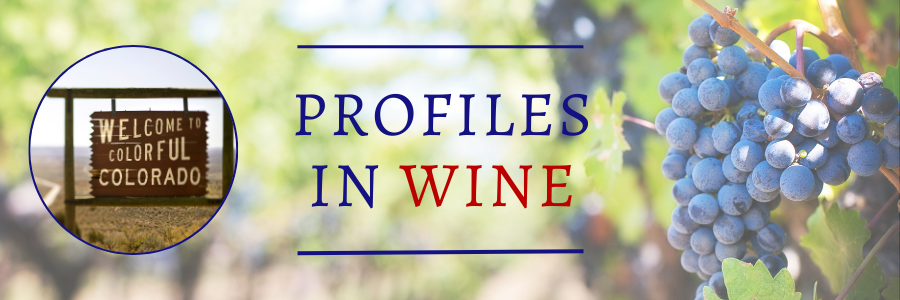When a former Governor planted the first grapes in Colorado in 1890, little could he imagine what a wine-producing star the Rocky Mountain State would become thanks to a unique blend of geography, climate, and people. There are wineries throughout the state, but especially on the Western Slope, with many at elevations between 4,000 and 7,000 feet, among the highest in the world. The hot days, cool nights, and 20-30 degree temperature variations between them during harvest produce flavorful, balanced grapes of many varieties for both red and white wines.
Two excellent organizations have also helped propel the industry forward. The government-based Colorado Wine Industry Development Board led by Doug Caskey has promoted Colorado wines for years, complemented by Cassidee Shull of the Colorado Association for Viticulture and Enology (CAVE) which sponsors superb conferences and festivals of various sorts. (www.coloradowine.com and www.winecolorado.org)
BookCliff Vineyards in Palisade is a shining example of commitment to excellence in all ways, with a treasure trove of prestigious awards to prove it. John Garlich (a civil engineer) and Ulla Merz (a Ph. D. in computer science and software system developer) discovered the land they love while hiking many years ago. Their dream has become a 37-acre, sustainably farmed vineyard with 14 different grape varieties at an elevation of 4,500 feet in the Grand Valley AVA, where they have their main tasting room, with another in Boulder. In addition to many Gold medals in the annual Colorado Governor’s Cup competition, they have lots of others, plus Double Golds, from the San Francisco International and Jefferson Cup competitions, both of which are demanding and prestigious. Their awards benefit all of Colorado as an increasingly respected emerging wine region. www.bookcliffvineyards.com
Great Grapes: Cabernet Franc
All grapes (and people) must have parents, and Cabernet Franc is one of the parents of Cabernet Sauvignon. Compared with its offspring, Cab Franc is normally found in the cooler, damper climates like the coastal regions, Northeast, and Pacific Northwest–but Colorado is a welcome home as well, especially in the Grand Valley AVA. Having judged in the Colorado Governor’s Cup Wine Competition, I relished the diverse styles that this grape can turn into, from zesty Roses to full-bodied reds with spicy aromas and long finishes.
Colorado Economic Impact
Total Impact: $3.910 Billion
Direct (production, distribution, consumption): $1.515 Billion (39%)
Supplier (goods and services): $1.075 Billion (27%)
Induced (local community business benefits): $1.320 Billion (34%)
Wine Producers: 145
Jobs: 28,350
Wages: $1.3 Billion
Tourist Visits: 311,682
Tourist Expenditures: $105,8 Million
Total Taxes: $380.5 Million
Federal Taxes: $254.9 Million
State and Local Taxes: $125.5 Million


